Year 2
The English curriculum is built around the three interrelated strands of language, literature and literacy. Teaching and learning programs should balance and integrate all three strands. Together, the strands focus on developing students' knowledge, understanding and skills in listening, reading, viewing, speaking, writing and creating. Learning in English builds on concepts, skills and processes developed in earlier years, and teachers will revisit and strengthen these as needed.
In Year 2, students communicate with peers, teachers, students from other classes and community members.
Students engage with a variety of texts for enjoyment. They listen to, read, view and interpret spoken, written and multimodal texts in which the primary purpose is to entertain, as well as texts designed to inform and persuade. These encompass traditional oral texts, picture books, various types of print and digital stories, simple chapter books, rhyming verse, poetry, non-fiction, film, multimodal texts, dramatic performances and texts used by students as models for constructing their own work.
The range of literary texts for Foundation to Year 10 comprises Australian literature, including the oral narrative traditions of Aboriginal and Torres Strait Islander Peoples, as well as the contemporary literature of these two cultural groups, and classic and contemporary world literature, including texts from and about Asia.
Literary texts that support and extend Year 2 students as independent readers involve sequences of events that span several pages and present unusual happenings within a framework of familiar experiences. Informative texts present new content about topics of interest and topics being studied in other areas of the curriculum. These texts include language features such as varied sentence structures, some unfamiliar vocabulary, a significant number of high-frequency sight words and words that need to be decoded phonically, and a range of punctuation conventions, as well as illustrations and diagrams that support and extend the printed text.
Students create a range of imaginative, informative and persuasive texts including imaginative retellings, reports, performances, poetry and expositions.
(source: www.australiancurriculum.edu.au)
Achievement Standard
Receptive modes (listening, reading and viewing)
By the end of Year 2, students understand how similar texts share characteristics by identifying text structures and language features used to describe characters and events, or to communicate factual information.
They read texts that contain varied sentence structures, some unfamiliar vocabulary, a significant number of high-frequency sight words and images that provide extra information. They monitor meaning and self-correct using knowledge of phonics, syntax, punctuation, semantics and context. They use knowledge of a wide variety of letter-sound relationships to read words of one or more syllables with fluency. They identify literal and implied meaning, main ideas and supporting detail. Students make connections between texts by comparing content. They listen for particular purposes. They listen for and manipulate sound combinations and rhythmic sound patterns.
Productive modes (speaking, writing and creating)
When discussing their ideas and experiences, students use everyday language features and topic-specific vocabulary. They explain their preferences for aspects of texts using other texts as comparisons. They create texts that show how images support the meaning of the text.
Students create texts, drawing on their own experiences, their imagination and information they have learnt. They use a variety of strategies to engage in group and class discussions and make presentations. They accurately spell words with regular spelling patterns and spell words with less common long vowel patterns. They use punctuation accurately, and write words and sentences legibly using unjoined upper- and lower-case letters.
(source: www.australiancurriculum.edu.au)
- Plus Plan
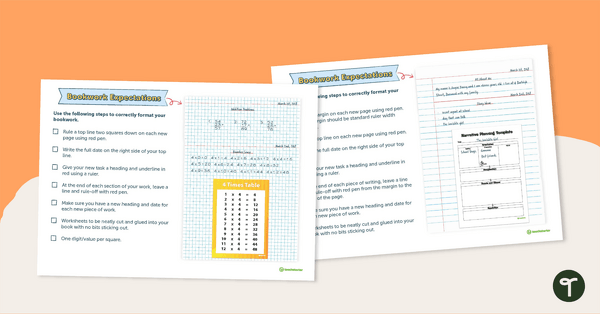
Bookwork Expectations Posters
A checklist for students to refer to when displaying bookwork.
- Free Plan
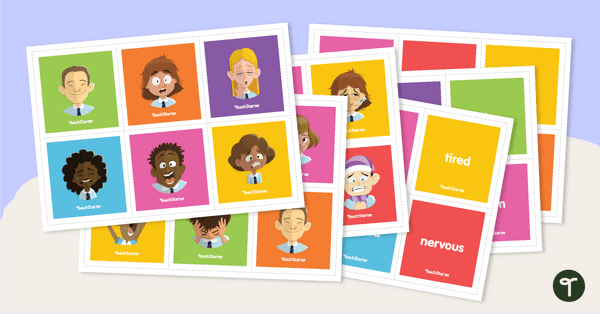
Feelings and Emotions Match-Up Activity
Help students to recognise and identify their feelings and emotions with this interactive match-up activity.
- Plus Plan
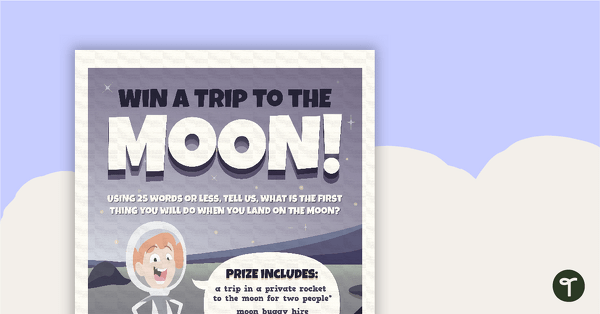
Win a Trip to the Moon – Worksheet
A comprehension worksheet for a fake advertisement from the Year 1 magazine (Issue 3).
- Plus Plan
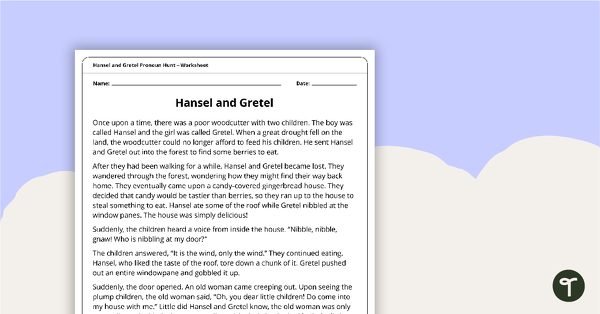
Pronoun Worksheet – Hansel and Gretel
Use this pronoun worksheet to get students identifying pronouns in the context of a well-known fairy tale.
- Plus Plan
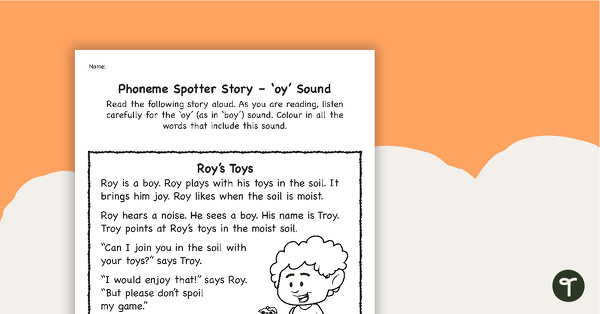
Phoneme Spotter Story – 'oy' Sound
A decodable text featuring various graphemes that make the ‘oy’ sound.
- Plus Plan
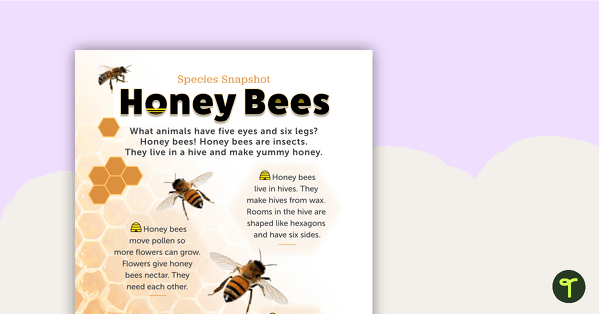
Species Snapshot Worksheet - Honey Bees
A comprehension worksheet for a species snapshot magazine article about honey bees.
- Plus Plan
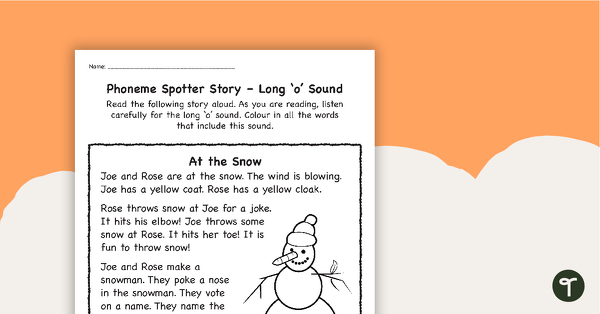
Phoneme Spotter Story – Long 'o' Sound
A decodable text featuring various graphemes that make the long 'o' sound.
- Free Plan
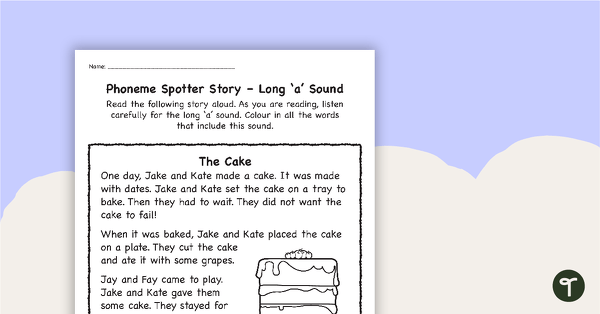
Phoneme Spotter Story - Long 'a' Sound
A decodable text featuring various graphemes that make the long 'a' sound.
- Plus Plan
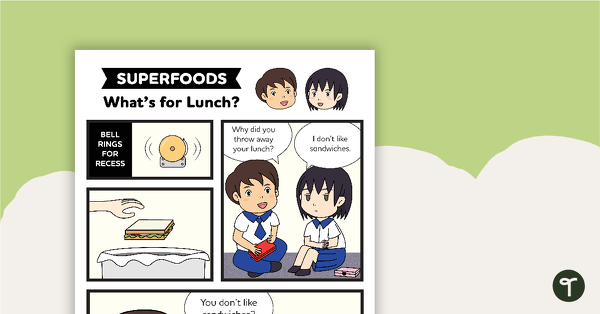
Superfoods: What's for Lunch? – Comprehension Worksheet
A comprehension worksheet for a comic about the importance of eating a healthy lunch.
- Plus Plan
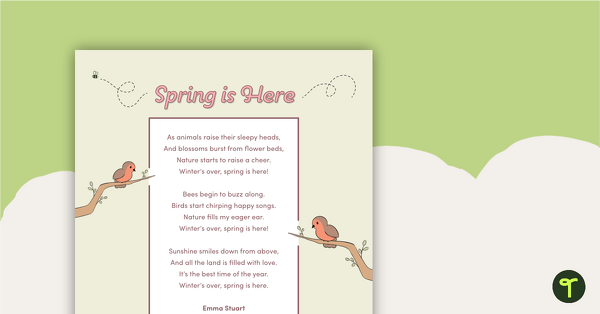
Spring Is Here Poem – Worksheet
A comprehension worksheet for a poem about the season spring.
- Plus Plan
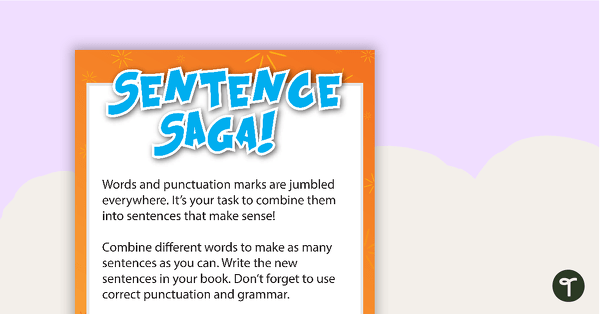
Sentence Saga Literacy Activity (Silly Sentences)
Words and punctuation marks are jumbled everywhere. It’s your task to combine them into sentences that make sense!
- Plus Plan
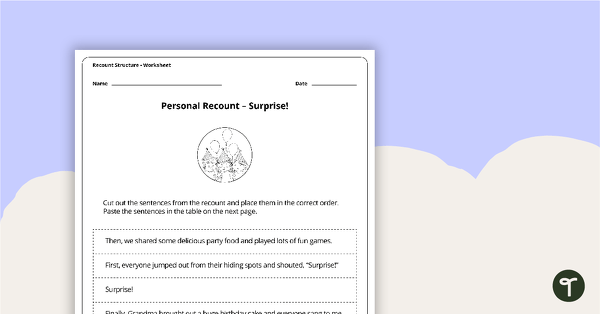
Personal Recount Sequencing Activity - Surprise!
A worksheet to use in the classroom when learning the sequence of a personal recount.
- Plus Plan
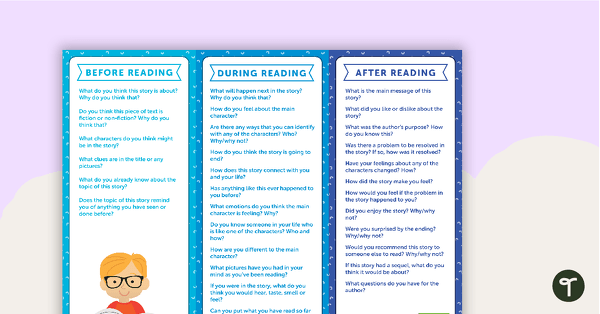
Before, During and After Reading Fiction - Question Prompts
Question prompts and a worksheet to use when asking questions before, during and after reading.
- Plus Plan

Author's Purpose - Sentence Writing Game
A teaching resource to help teach your students the different reasons authors may write.
- Free Plan
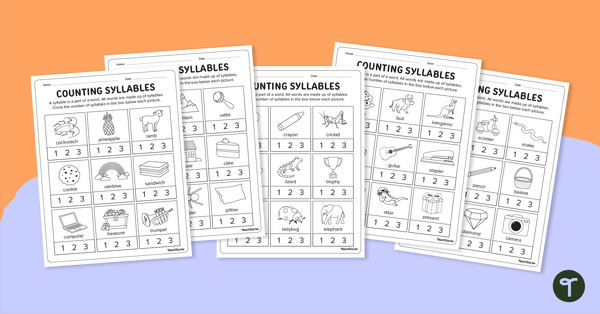
Counting Syllables Worksheets
Five worksheets that allow students to consolidate their understanding of syllables.
- Plus Plan
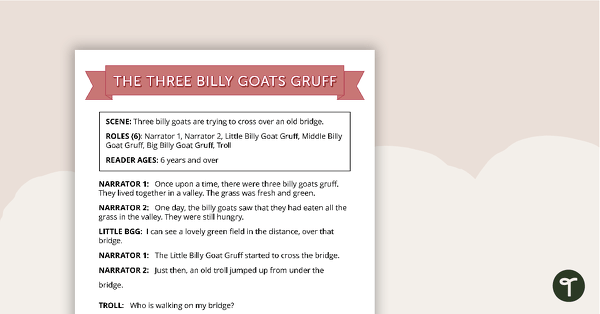
Comprehension - Three Billy Goats Gruff
A fun script and set of questions to help students develop reading and comprehension strategies.
- Plus Plan
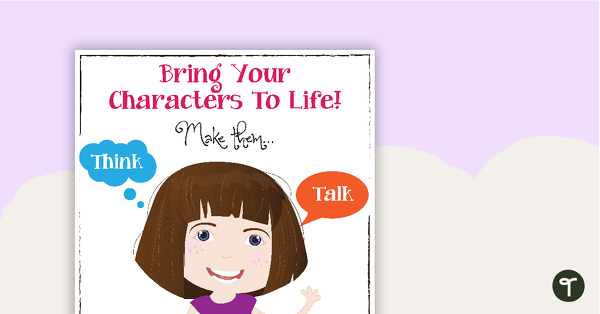
Bring Your Characters To Life Poster
A poster to remind your students to add detail and description to their writing to bring their characters to life.
- Plus Plan
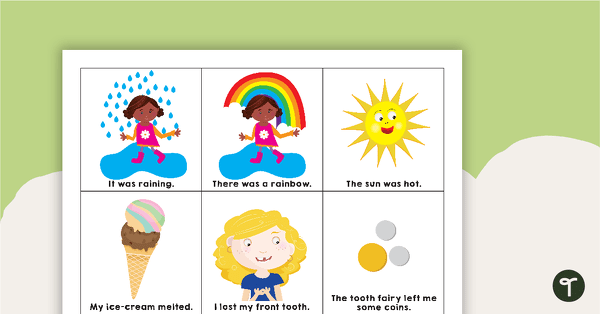
Cause and Effect Matching Cards
A set of 24 cards that can be used to help consolidate students' knowledge of causes and effects.
- Plus Plan
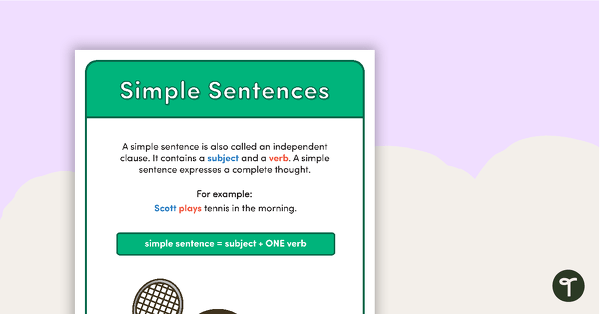
Types of Sentences Posters
A set of 7 posters outlining the structure of various types of sentences.
- Plus Plan
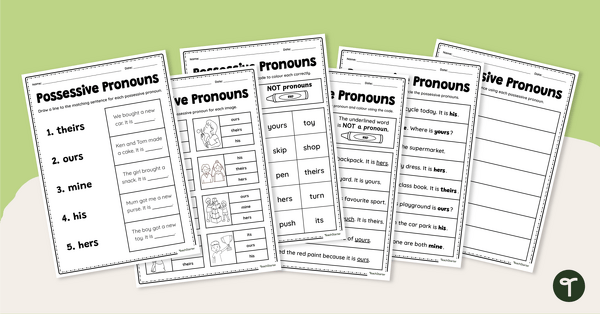
Possessive Pronouns Worksheet Pack
Use this possessive pronouns worksheet pack to get your students identifying and using these essential parts of speech.
- Plus Plan
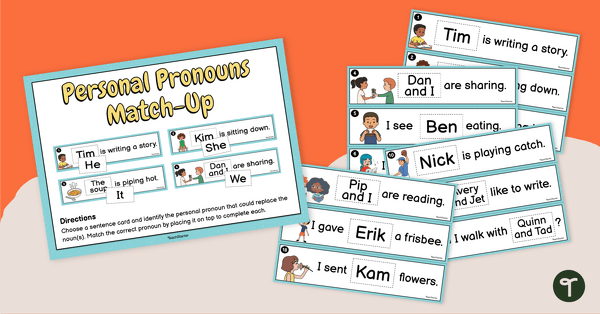
Personal Pronouns Matching Game
Familiarise your students with some of the most common personal pronouns using this fun matching game perfect for group work.
- Plus Plan
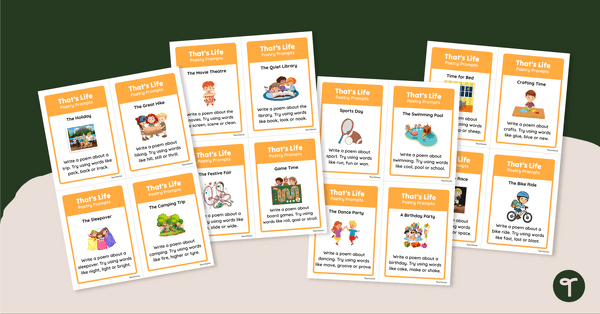
Life Event Poetry Prompt Task Cards
Use these poetry prompts to help your students write simple poems about their life experiences.
- Plus Plan
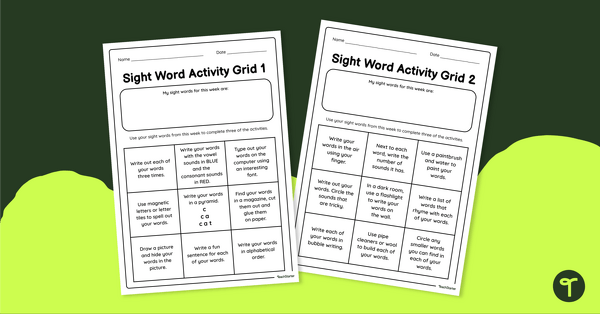
Sight Word Activity Worksheets
Help your students practise their sight words at home with this set of two sight word activity grids.
- Plus Plan
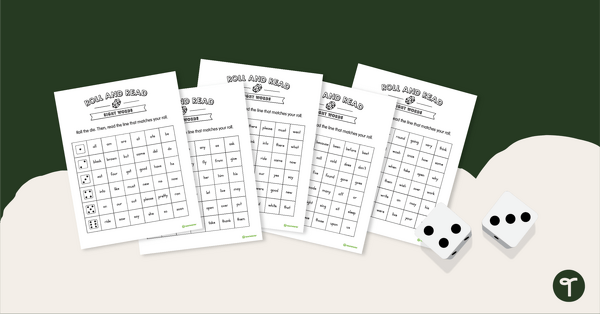
Roll and Read – Sight Word Game Pack
Practise reading sight words with this set of 5 Roll to Read Sight Word Game boards.
- Plus Plan
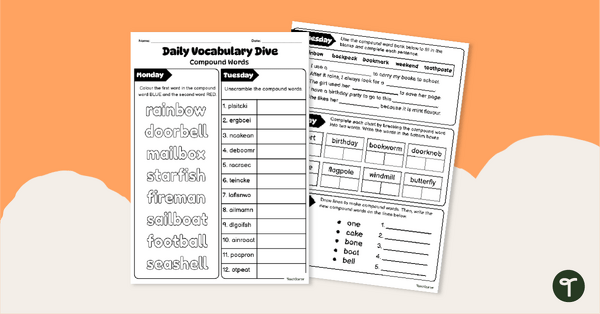
Daily Vocabulary Dive - Compound Word Spiral Review
Give your students a daily dose of compound word review with a 5-day vocabulary warm-up worksheet.
- Plus Plan
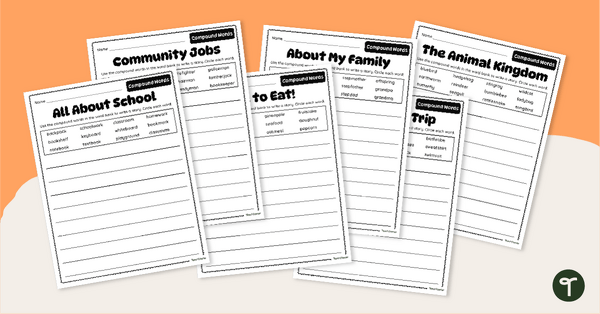
Writing with Compound Words Worksheet Pack
Practise using compound words in context with a pack of printable Writing With Compound Words Worksheets.
- Plus Plan
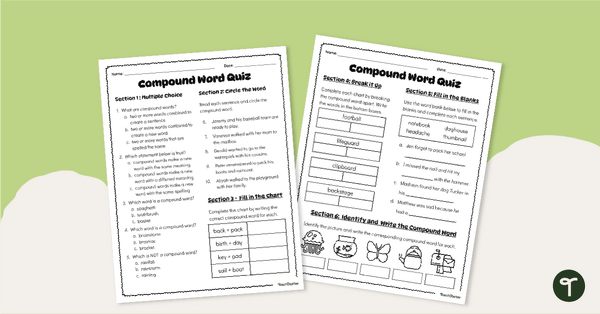
Compound Word Quiz
Assess your student’s abilities to read, spell, and use compound words with a Compound Word Quiz.
- Plus Plan
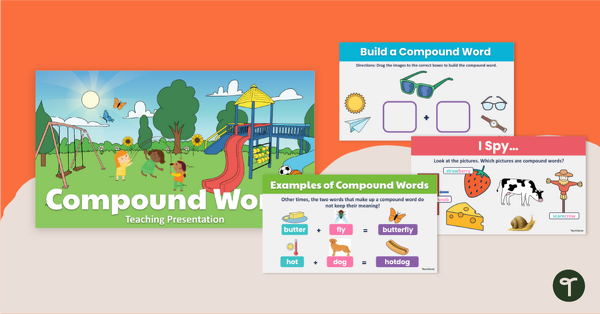
Compound Words Teaching Slides
Teach your students to identify, combine, and read compound words with an interactive Compound Words teaching presentation.
- Plus Plan
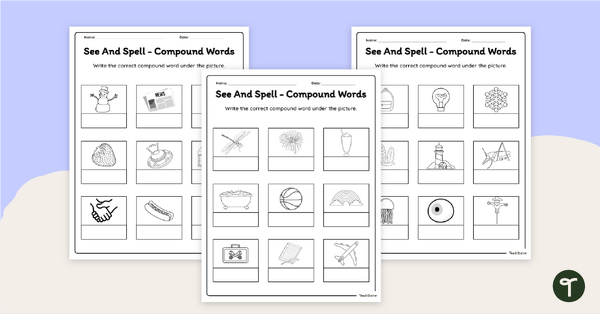
Spelling Compound Words Worksheets
See and spell compound words with a pack of printable compound word spelling worksheets.
- Plus Plan
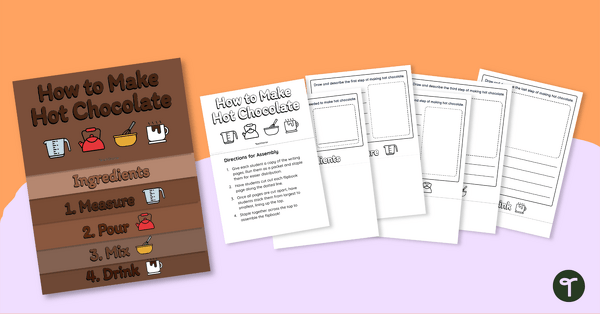
How to Make Hot Chocolate Flipbook
Use this “How to Make Hot Chocolate” procedural writing activity to help familiarise your students with the structural elements of procedure texts.
- Plus Plan

Conjunctions Spinners (Coordinating Conjunctions, Subordinating Conjunctions, Correlative Conjunctions)
Bring some fun to your grammar lessons with these colourful conjunctions spinners! Students spin tp reveal a conjunction to use in their writing or oral language.
- Plus Plan
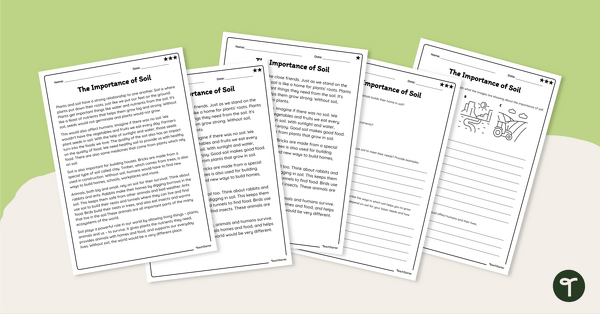
The Importance of Soil – Comprehension Worksheets
Teach your students about the importance of soil to plants, animals and humans with this differentiated reading comprehension passage with accompanying questions.